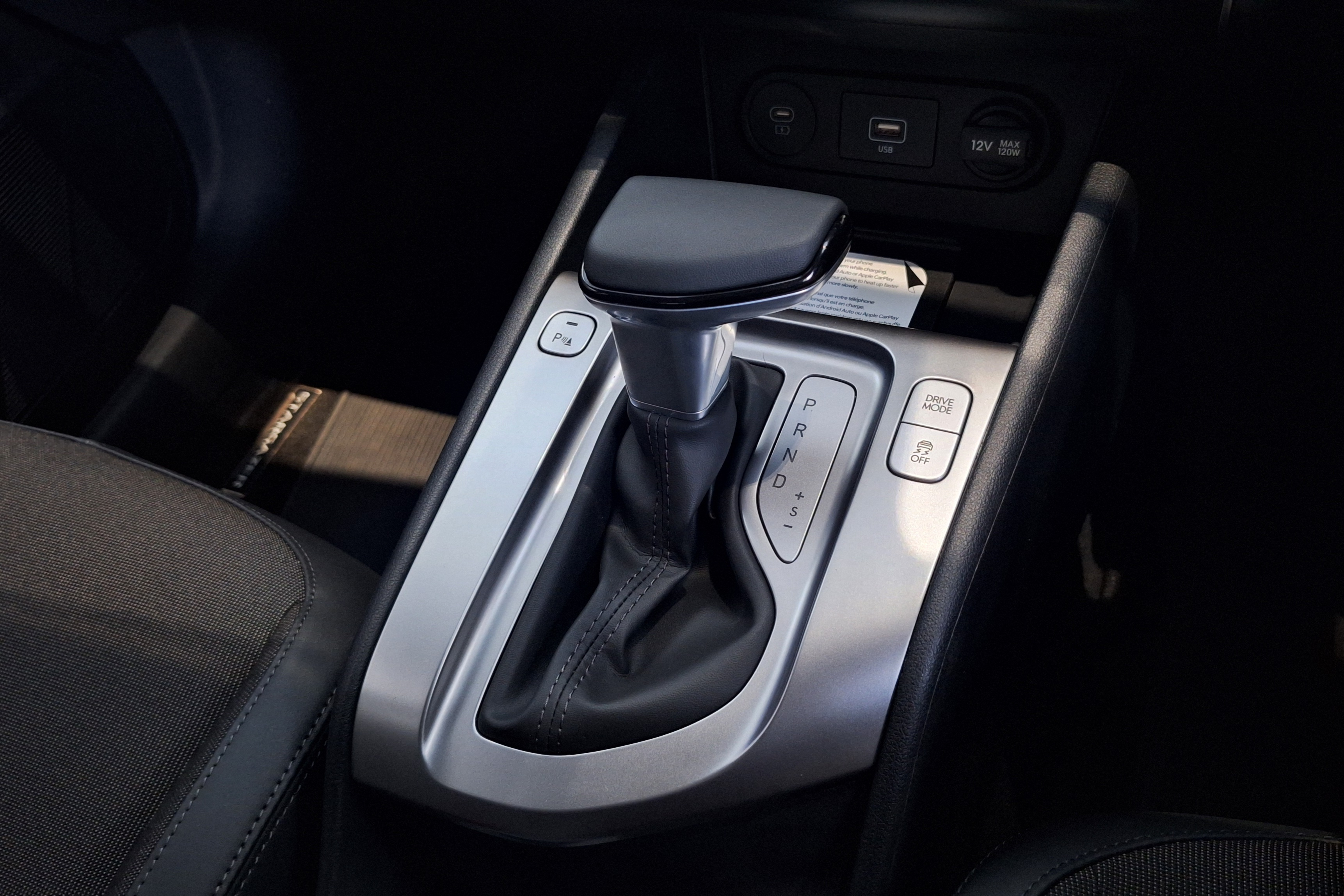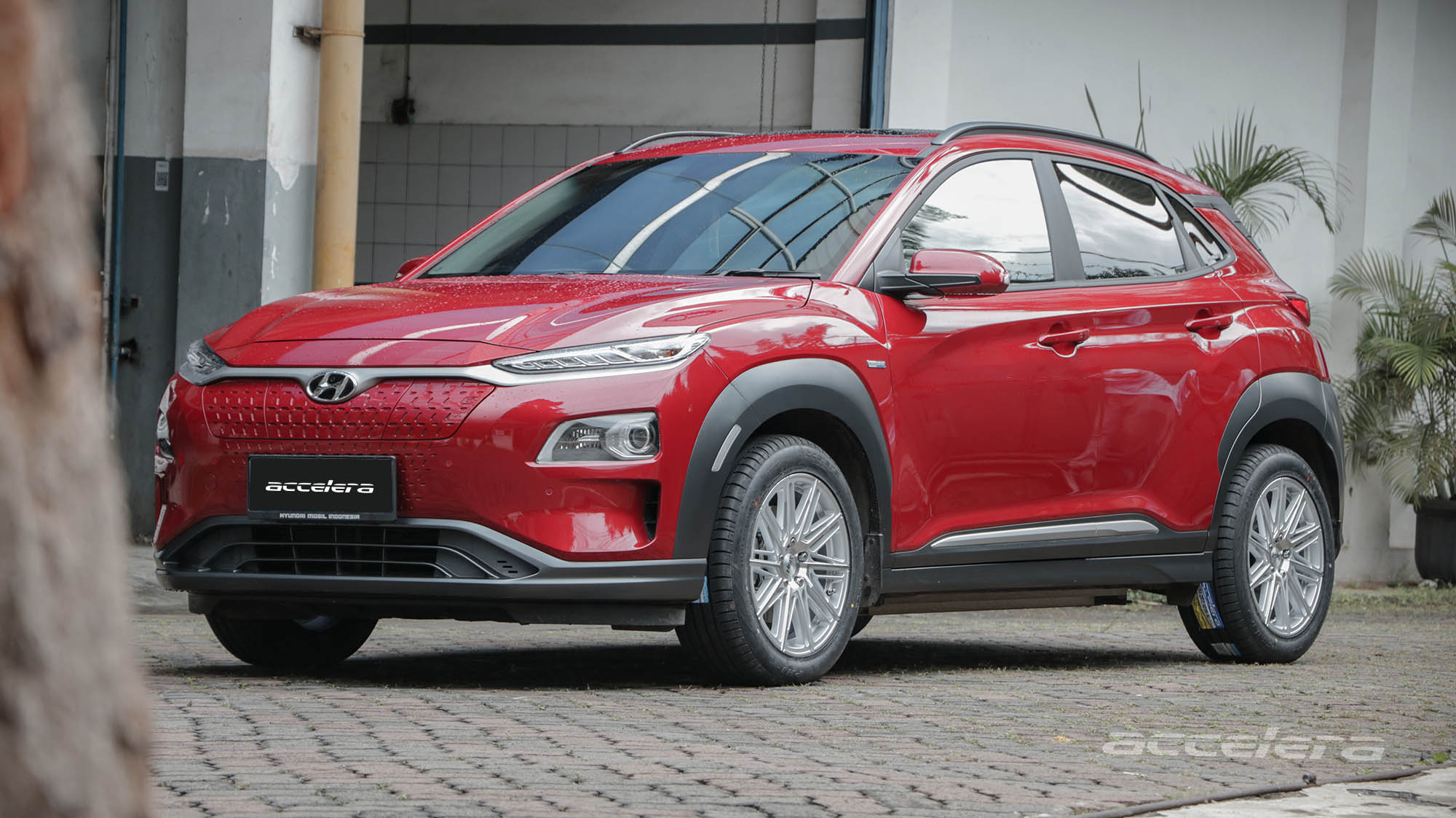Understanding the Functions and Types of Car Gears
When talking about cars, one component that cannot be overlooked is the gearbox, also known as the transmission. Its function is vital because this system helps the car regulate engine speed and torque to remain efficient in various road conditions. Without a good transmission, the car will struggle, especially when going uphill or in traffic jams.
First, Let's Get Acquainted: What is a Car Transmission?
Simply put, a transmission is a system that regulates gear shifting in a vehicle's transmission. It acts as a bridge between the engine's power and the wheels.
In manual cars, the driver has to operate the gear lever and clutch pedal to shift gears. Meanwhile, in automatic cars, everything happens automatically—just step on the gas and drive.
In essence, the gearbox keeps the car powerful and efficient, whether on straight roads, uphill, or in total traffic jams.
The Main Function of the Gearbox: Not Just Changing Gears
To understand it better, let's examine the function of the gearbox in the two most commonly used types of cars: manual and automatic.
1. Manual Transmission
- Control Speed and Power: The driver can freely choose the gear ratio according to their needs, from uphill climbs to highways.
- More Fuel Efficient: If the gear shifts are done correctly, fuel consumption can be more efficient.
- Control in the Driver's Hands: All gear shifts are done manually, perfect for those who enjoy the "real driving" experience.
2. Automatic Transmission
Automatic Gear Shifting: A hydraulic or electronic system adjusts gear shifting according to road conditions and engine speed.
Essential Transmission Codes to Know:
- P (Parking): For parking.
- R (Reverse): For reversing.
- N (Neutral): Neutral position.
- D (Drive): For driving on normal roads.
- 2 and 3: Used when facing uphill or downhill slopes to maintain power.
Both manual and automatic transmissions have the same functions: regulating speed, maintaining engine power, and making fuel consumption more efficient.
Types of Car Transmissions: Choose According to Your Driving Style
Transmissions come in many "types" that can be tailored to your driving style. Let's take a closer look at each one.
1. Manual Transmission
Classic but still popular. Manual transmissions give the driver full control, plus relatively low maintenance costs. They also offer a sportier feel. But be prepared for a sore left leg if you're often stuck in traffic.
2. Conventional Automatic Transmission
Relies on a torque converter to replace the clutch function. Practical and comfortable, especially in big cities. The downside is that fuel consumption is usually slightly higher and requires regular maintenance of the transmission oil.
3. CVT (Continuous Variable Transmission)
A favorite for those seeking efficiency. CVT uses a pulley system without fixed gears, making gear shifts feel super smooth. Fuel-efficient, but sometimes feels underpowered for those who enjoy rapid acceleration.
4. Dual Clutch Transmission (DCT)
Combines the speed of a manual transmission with the comfort of an automatic. Two clutches work alternately, making gear shifts super fast. Suitable for high-performance enthusiasts, but less comfortable in stop-and-go traffic.
5. Automated Manual Transmission (AMT)
A combination of manual and automatic. Drivers no longer need to press the clutch, but it still feels like a manual transmission. It is more affordable, although there is sometimes a delay when shifting gears.
Conclusion
Transmission choice is about lifestyle and driving needs. Whether you want efficiency, comfort in traffic, or a sporty feel, it all comes down to preference. The key is to understand how each transmission type works and its characteristics, so your car always delivers its best performance on the road.
Indonesia 🇮🇩
Pahami Fungsi dan Jenis Persneling Mobil
Kalau ngomongin mobil, satu komponen yang nggak bisa dilewatkan adalah persneling alias transmisi. Fungsinya vital banget karena sistem ini yang bantu mobil mengatur kecepatan dan torsi mesin biar tetap efisien di berbagai kondisi jalan. Tanpa transmisi yang baik, mobil bakal ngos-ngosan, apalagi kalau harus melewati tanjakan atau jalan macet.
Kenalan Dulu: Apa Itu Persneling Mobil?
Secara sederhana, persneling adalah sistem yang ngatur perpindahan gigi di transmisi kendaraan. Ia jadi jembatan antara tenaga mesin dan roda.
Di mobil manual, pengemudi harus mainkan tuas dan pedal kopling untuk pindah gigi. Sementara pada mobil matic, semua itu terjadi otomatis—tinggal injak gas dan jalan.
Intinya, persneling bertugas menjaga mobil tetap bertenaga dan efisien, baik di jalan lurus, menanjak, atau macet total.
Fungsi Utama Persneling: Nggak Sekadar Ganti Gigi
Biar makin paham, yuk bedah fungsi persneling di dua jenis mobil yang paling umum dipakai: manual dan matic.
1. Persneling Mobil Manual
- Atur Kecepatan dan Tenaga: Pengemudi bebas memilih rasio gigi sesuai kebutuhan, dari tanjakan sampai jalan tol.
- Lebih Irit Bahan Bakar: Kalau perpindahan gigi tepat, konsumsi BBM bisa lebih efisien.
- Kontrol di Tangan Pengemudi: Semua perpindahan gigi dilakukan manual, cocok buat yang suka sensasi “nyetir sesungguhnya”.
2. Persneling Mobil Matic
Perpindahan Gigi Otomatis: Sistem hidrolik atau elektronik mengatur perpindahan gigi sesuai kondisi jalan dan putaran mesin.
Kode Persneling yang Wajib Dikenal:
- P (Parking): Buat parkir.
- R (Reverse): Untuk mundur.
- N (Neutral): Posisi netral.
- D (Drive): Melaju di jalan normal.
- 2 dan 3: Dipakai saat menghadapi tanjakan atau turunan biar tenaga tetap terjaga.
Baik manual maupun matic, keduanya punya fungsi yang sama: mengatur kecepatan, menjaga tenaga mesin, dan bikin konsumsi bahan bakar lebih efisien.
Jenis-Jenis Transmisi Mobil: Pilih Sesuai Karakter Berkendara
Transmisi punya banyak “genre” yang bisa disesuaikan dengan gaya mengemudi. Yuk, kenali satu-satu.
1. Transmisi Manual
Klasik tapi tetap digemari. Transmisi manual kasih kontrol penuh ke pengemudi, plus biaya perawatan yang relatif murah. Sensasinya juga lebih sporty. Tapi siap-siap pegal di kaki kiri kalau sering kena macet.
2. Transmisi Otomatis Konvensional
Mengandalkan torque converter buat mengganti fungsi kopling. Praktis dan nyaman, apalagi di kota besar. Kekurangannya, konsumsi bahan bakar biasanya sedikit lebih boros dan butuh perawatan rutin di bagian oli transmisi.
3. Transmisi CVT (Continuous Variable Transmission)
Favorit buat yang cari efisiensi. CVT pakai sistem pulley tanpa gigi tetap, sehingga perpindahan terasa super halus. Irit BBM, tapi kadang terasa kurang bertenaga buat yang doyan akselerasi cepat.
4. Transmisi Dual Clutch (DCT)
Gabungan kecepatan transmisi manual dan kenyamanan otomatis. Dua kopling bekerja bergantian, bikin perpindahan gigi super cepat. Cocok buat penggemar performa tinggi, tapi agak kurang nyaman kalau sering stop and go di kemacetan.
5. Transmisi AMT (Automated Manual Transmission)
Kombinasi antara manual dan otomatis. Pengemudi nggak perlu lagi injak kopling, tapi rasanya tetap seperti manual. Harganya lebih terjangkau, meski kadang terasa ada jeda saat ganti gigi.
Kesimpulan
Pilihan transmisi itu soal gaya hidup dan kebutuhan berkendara. Mau yang efisien, nyaman di kemacetan, atau sporty, semuanya balik ke preferensi. Yang penting, pahami dulu cara kerja dan karakter tiap jenis transmisi, biar mobil selalu ngasih performa terbaik di jalan.






